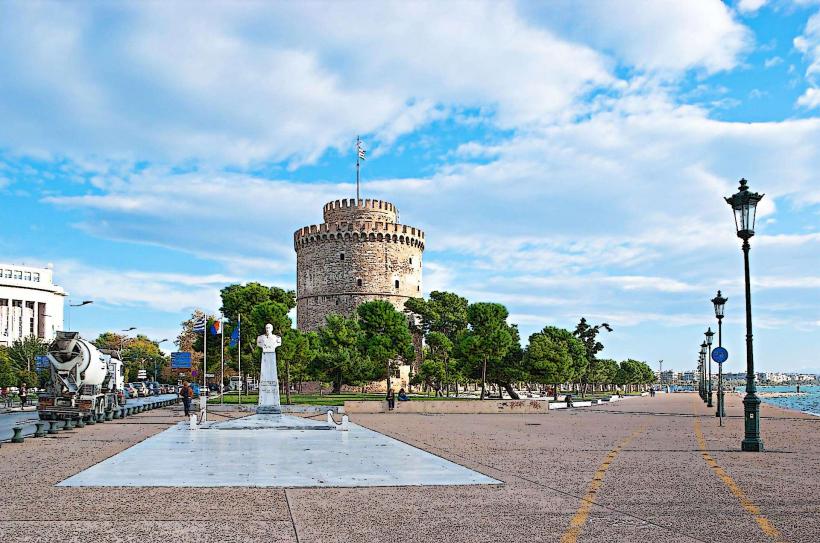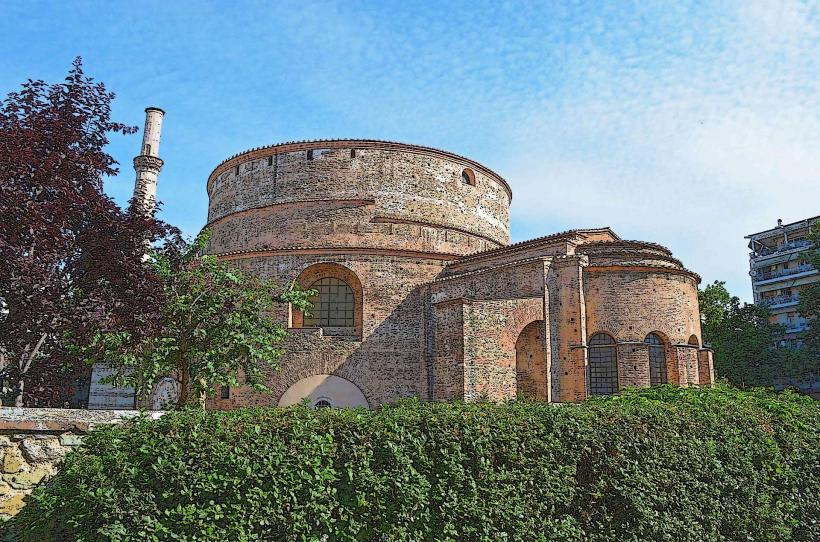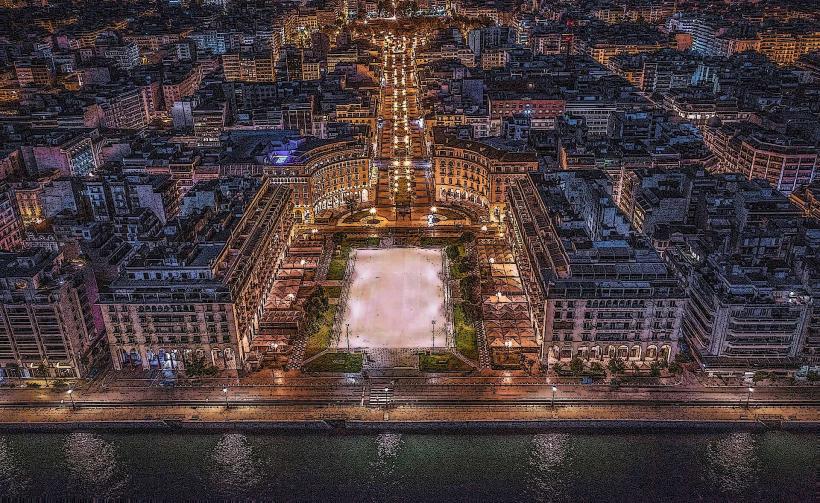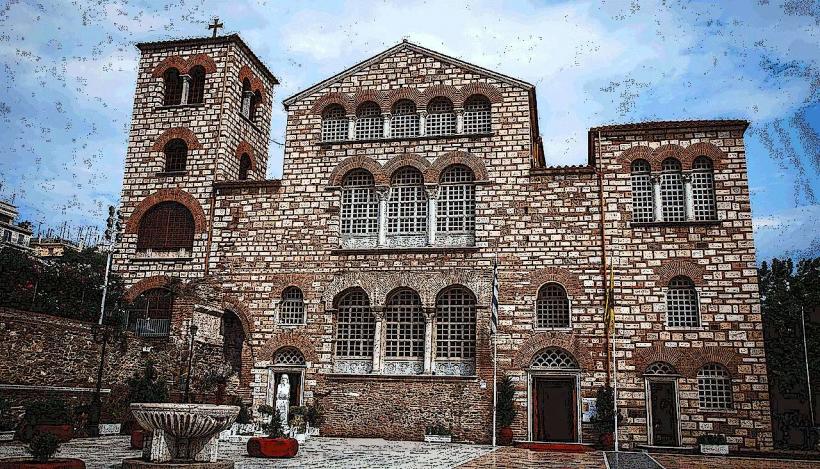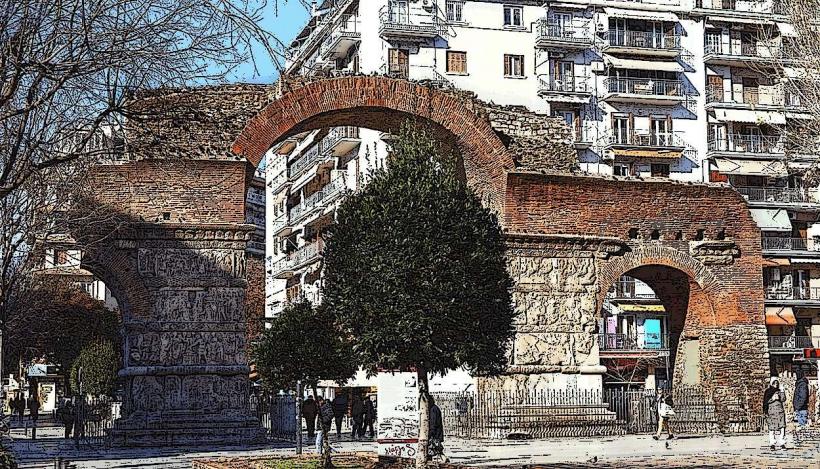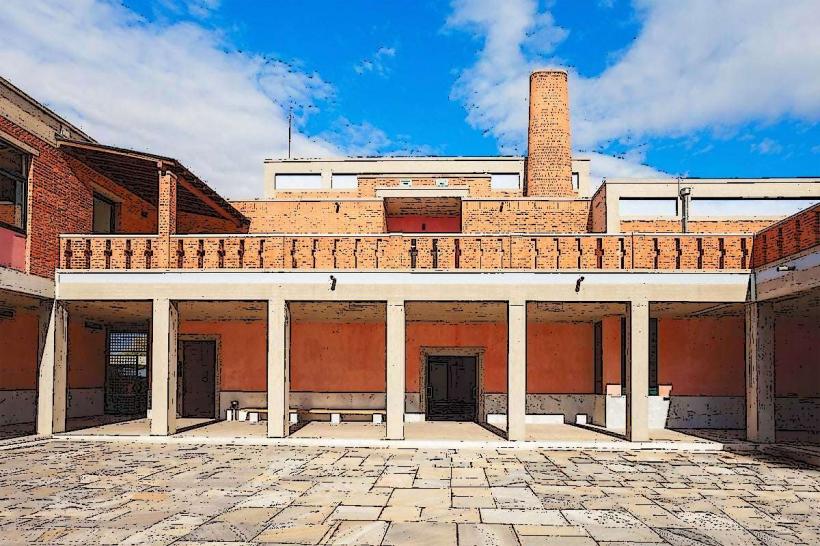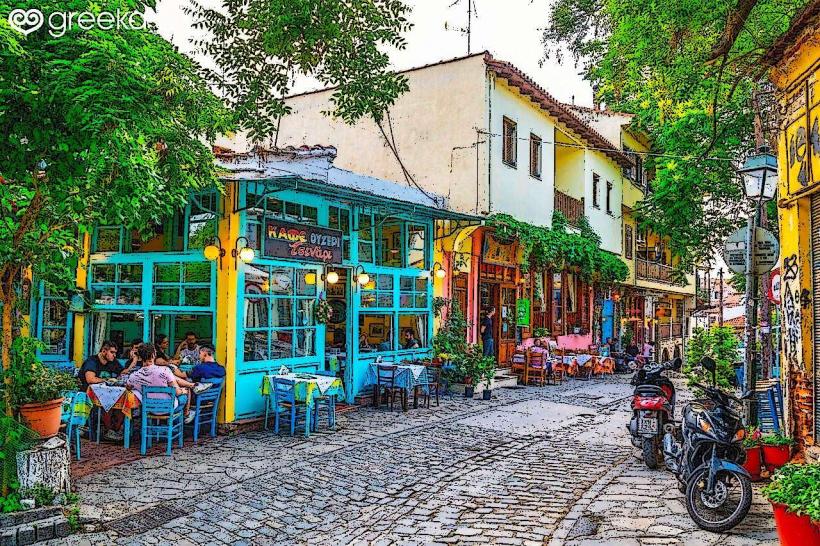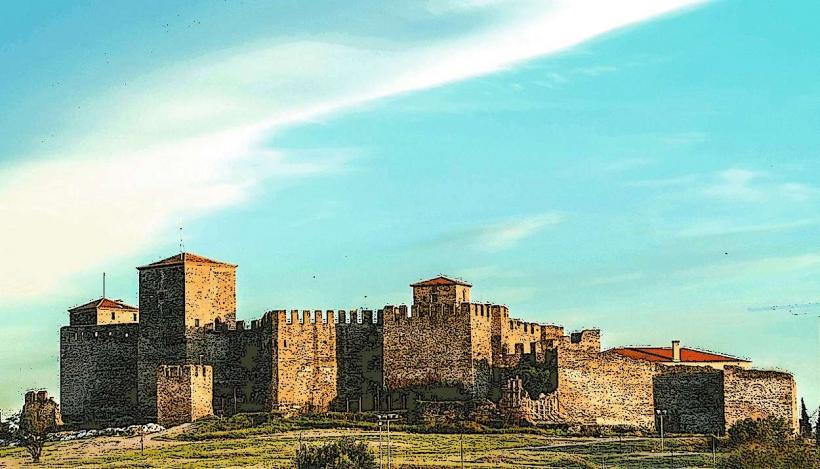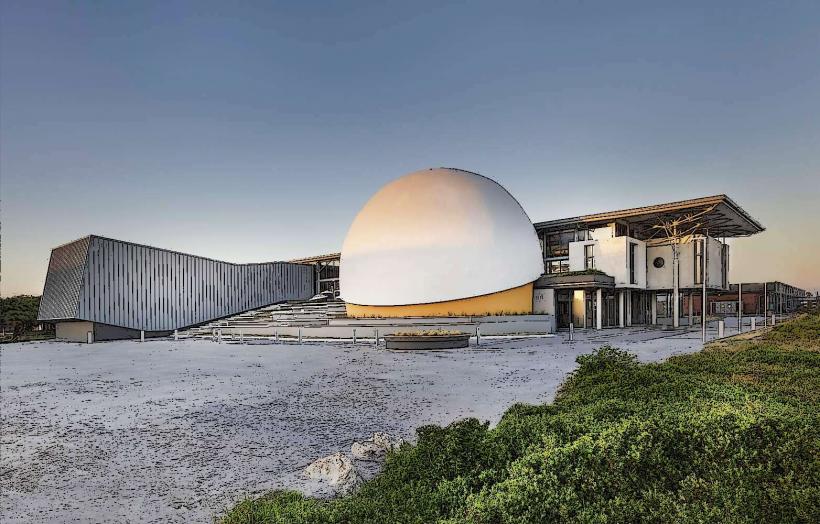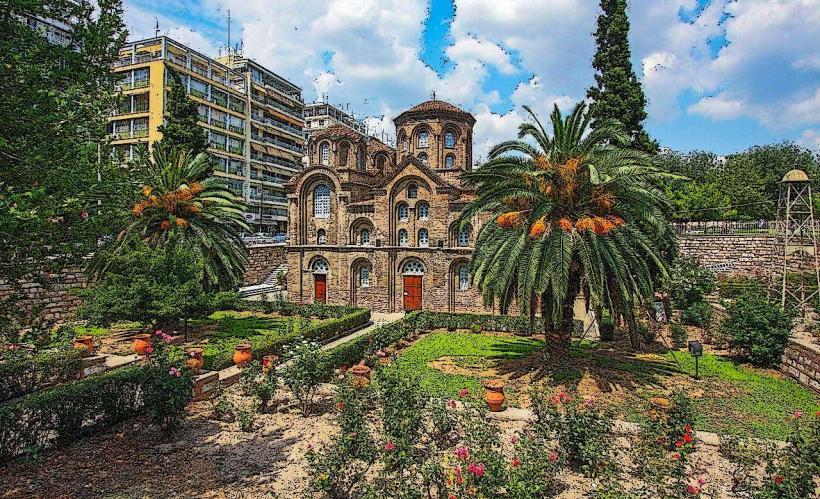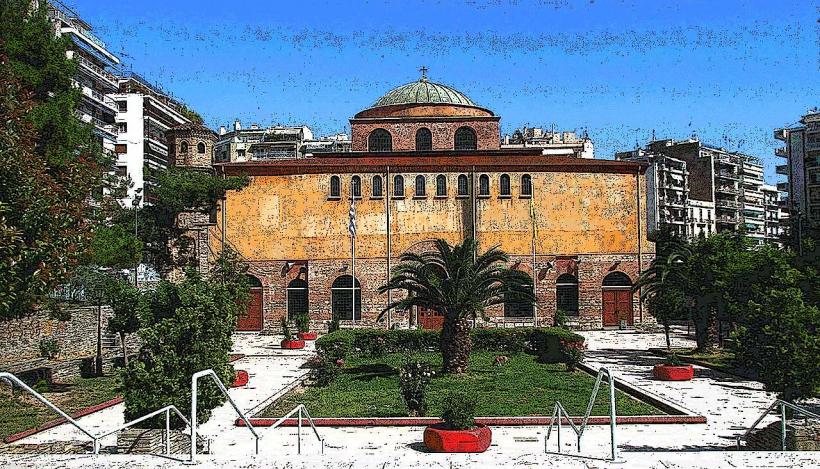Information
Landmark: Thessaloniki Archaeological MuseumCity: Thessaloniki
Country: Greece
Continent: Europe
The Thessaloniki Archaeological Museum is one of the most important museums in Greece, renowned for its extensive collection of ancient Greek, Macedonian, and Hellenistic artifacts. Located in the heart of Thessaloniki, it provides a rich exploration of the history, culture, and artistry of the ancient Macedonian kingdom and the wider northern Greece region, including artifacts from prehistoric times through the Roman period.
Overview:
- Location: The museum is situated in the city center on Manoli Andronikou Street, near the White Tower of Thessaloniki and the Museum of Byzantine Culture.
- Establishment: Founded in 1962, the museum was designed to house and protect antiquities uncovered in Thessaloniki and northern Greece, particularly after major archaeological excavations.
- Architecture: The building was designed by architect Patroklos Karantinos, with a modernist architectural style that complements the museum's emphasis on historical preservation and accessibility.
Exhibitions and Collections:
The museum's exhibits are divided into multiple thematic galleries, each focusing on different aspects of the ancient cultures that flourished in the Macedonian region.
Prehistoric Macedonia: This gallery features artifacts from Neolithic settlements, showcasing the tools, pottery, and daily life of Macedonia’s earliest inhabitants. It includes items from sites such as Toumba and Sitagroi.
Macedonian Gold: One of the museum’s highlights, this gallery displays an extensive collection of gold jewelry, diadems, wreaths, and other ornaments from Macedonian tombs. These precious items reveal the advanced craftsmanship and wealth of ancient Macedonians, particularly the ruling class.
The Palace of Vergina and Macedonian Tombs: This section is dedicated to artifacts from the royal tombs of Aigai (modern Vergina), the first capital of ancient Macedonia. It includes grave goods, weapons, and funerary items believed to be associated with Macedonian royalty, potentially including King Philip II, the father of Alexander the Great.
Daily Life in Ancient Macedonia: Exhibits in this gallery cover pottery, household items, and tools that illustrate the social customs and daily lives of ancient Macedonians, from family life to community structures.
The Birth of Cities: This gallery focuses on the urban development of Macedonia, featuring items from ancient Macedonian cities such as Amphipolis and Pella. The collection includes inscriptions, coins, and urban plans that highlight the spread of Hellenistic culture in the region.
The Macedonian Tombs of Thessaloniki: Artifacts and wall paintings from the Macedonian tombs discovered in and around Thessaloniki reveal the elaborate burial customs of the era and the importance of the afterlife in Macedonian culture.
Roman Thessaloniki: This gallery presents artifacts from the period when Thessaloniki was part of the Roman Empire, featuring sculptures, mosaics, and coins that demonstrate the city’s significance as a commercial and cultural hub.
Public and Private Life in Ancient Greece: This exhibit showcases aspects of both public and private life, including votive offerings, religious artifacts, and sculptures. It also highlights items related to civic and political life in ancient Macedonia.
The Ancient Greek Religion and Sanctuaries: A section devoted to religious practices, this exhibit includes statues of gods, religious objects, and offerings from sanctuaries dedicated to various Greek deities, reflecting the spiritual life of the ancient Macedonians.
Notable Artifacts:
- Derveni Krater: One of the museum’s most famous artifacts, the Derveni Krater is an elaborately decorated bronze vessel from the 4th century BCE. It is believed to have been used in ancient Greek rituals and is celebrated for its intricate designs, including mythological scenes and detailed reliefs.
- Head of Serapis: This finely carved marble head represents Serapis, a deity introduced during the Hellenistic period as a combination of Greek and Egyptian elements.
- Gold Wreaths: These stunning gold wreaths, often found in tombs, were symbols of status and honor, crafted to resemble the leaves of olive, oak, or myrtle trees.
- Mosaic of Medusa: A beautiful mosaic featuring the head of Medusa, it showcases the high level of artistic skill present in ancient Macedonia, with the mosaic’s vivid colors and fine craftsmanship.
Educational Programs and Activities:
- Workshops and Lectures: The museum offers educational programs for visitors of all ages, including workshops on ancient Greek art and history, lectures, and temporary exhibitions that delve into various historical topics.
- Guided Tours: Visitors can take advantage of guided tours that provide additional insights into the museum’s collections, especially the Macedonian gold items and the Derveni Krater.
Visiting the Museum:
- Hours: The museum is open year-round, with extended hours in the summer season. Admission fees are often reduced for students and free on certain national holidays.
- Accessibility: The museum is accessible to individuals with disabilities, with ramps and elevators to all main galleries.
Cultural and Historical Significance:
The Thessaloniki Archaeological Museum plays a critical role in preserving the heritage of ancient Macedonia and the legacy of Hellenistic culture. Its vast collection provides a comprehensive look at the social, political, and religious life of the Macedonian people, highlighting Thessaloniki’s role as a bridge between classical Greek and Hellenistic civilization. The museum also supports ongoing research and archaeological work, helping to deepen our understanding of the ancient world.
With its extraordinary collections, especially the Macedonian gold and the Derveni Krater, the Thessaloniki Archaeological Museum is an essential destination for anyone interested in ancient Greek history and the heritage of Northern Greece.

